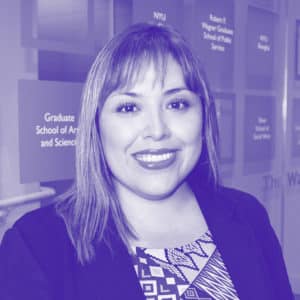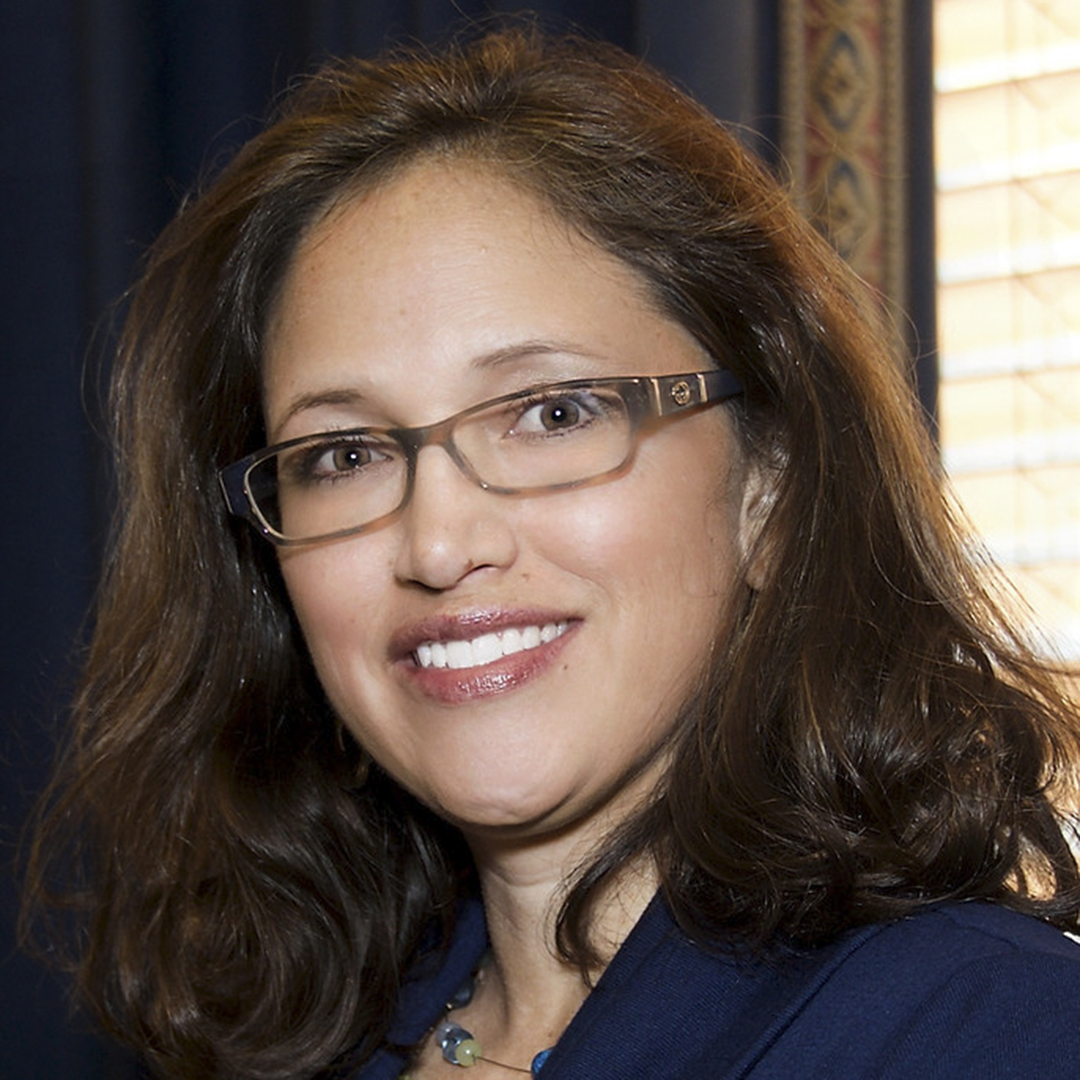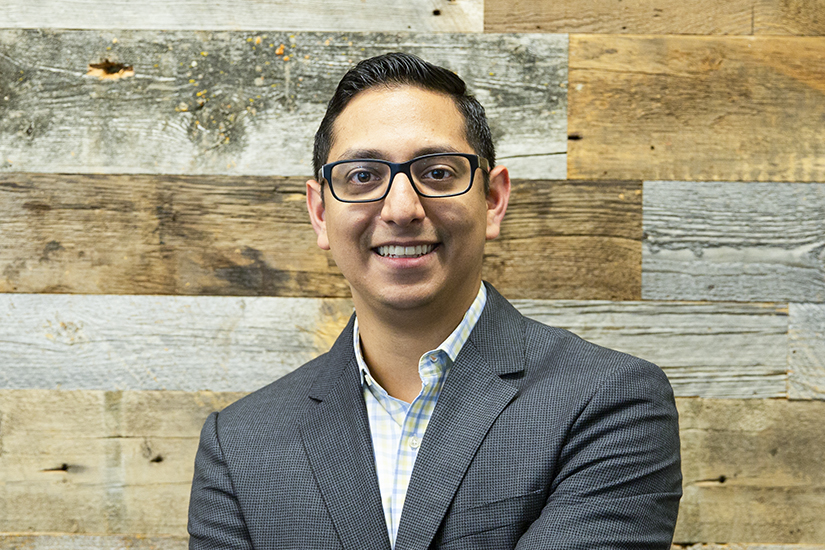|
Getting your Trinity Audio player ready...
|
Real talk: people of color have vastly different experiences in the workplace than their white counterparts. This is palpable from the moment we look at job postings, throughout the interview process, and in our experiences as new hires. As candidates of color, we should know how to assess organizations’ diversity, equity, and inclusion (DEI) practices throughout the entire recruitment cycle. Most importantly, as people of color, it is imperative for us to find work spaces that are inclusive and where we feel like we belong. Whether you are a new graduate ready to join the workforce or a seasoned professional going through a career change, there are a few key tips that will help you navigate the job search process as a person of color.
It all starts with the job description. As you look through hundreds of postings, you’ll notice that the manner in which organizations describe their jobs is very telling of their DEI practices. Pay attention to the following:
- Job postings should include inclusive, gender-neutral language (e.g., “they” vs. “he/she” and “chairperson” vs. “chairman”).
- Lookout for gender-coded words like dominant or dynamic. These words carry bias preferences for men and young people.
- Equal Employment Opportunity tagline. This is the bare minimum that organizations can do to demonstrate their commitment to DEI.
- What pronouns are used when describing the ideal candidate? Do they use he when referring to a leadership role, but she when referring to an administrative position? This goes along with using nonbinary language, as it is very telling of whom they implicitly think should be in leadership roles.
Next, as you start doing research and looking on organizations’ websites, here is what to look for:
- Is DEI part of the organization’s mission statement? Is there even a diversity statement? Many organizations say they care about diversity and inclusion, but they don’t make it a core pillar of their operations. The “About Us” or “Mission Statement” sections are great places to assess an organization’s actual commitment.
- What is the composition of the leadership team? What kind of representation exists at all levels of the organization? If their leadership team is homogeneous (and most likely this means white males), then it is obvious that they are not cultivating staff of color and other marginalized identities for upward mobility.
- Is there evidence of leadership’s commitment to diversity (e.g., a chief diversity officer)? If an organization is committed to DEI, they will invest in leadership team members who are in charge of implementing equity practices and who advocate for representation. PERIOD.
Connect with Diana Mendez
So, you decided to apply for that job, and have made it to the interview phase. Congratulations! Remember that you need to interview the employer as much as they’re interviewing you. Below are some questions that you should ask your potential employer as a candidate of color:
- How do you ensure that the composition of your workforce is representative of the population you serve?
- Do you have employee resource groups (ERGs) for staff?
- When was the last time you mentored a person whose background does not resemble your own?
- How do you allow your staff to bring their whole selves into the workplace?
- How would you define your culture, and who “fits” into that culture?
- What steps are you taking to diversify leadership and promote marginalized identities?
- How do you train supervisors to be effective leaders with employees of all backgrounds?
What are ERGs, anyway? Glad you asked! ERGs are voluntary, employee-led groups that foster inclusive workplaces while aligning with organizations’ missions, values, and goals. Other benefits include the development of future leaders, increased employee engagement, and open channels of communication to leadership for people of color. Some identities often represented in ERGs are womxn, veterans, Latinx, black, Asian, LBGTQ+. Make sure that you ask if these exist in the organizations where you are applying, and join one as a new hire!
“At the end of the day, people of color have to work twice as hard to get half of the recognition or upward mobility enjoyed by their white counterparts. It is up to us to advocate for ourselves and create work spaces that respect and appreciate all of the knowledge, diversity, and overall flavor that we bring.”
If you’ve made it this far in the hiring process and you feel that you’ve joined a diverse and inclusive workplace, that’s great! However, don’t stop assessing. Once you are a new hire, reflect on the following during your first ninety days at the organization:
- What kind of duties are they asking you to take charge of? Research on implicit bias shows that people of color, and other marginalized groups, are more often assigned “housework” tasks such as taking notes at meetings. This is more pronounced in womxn of color.
- What kind of committees are they putting you on? Are they just asking for your input because you represent your “people”? Although you want to showcase your diverse voice and make a difference at your job, you don’t want to be pegged as the token hire.
- Do you have an open channel of communication to leadership? If you feel that your supervisor is not escalating your concerns to senior leadership, ask if it’s possible to create an ERG, if there is a staff mentorship program, or if there is any other way for you to gain visibility with decision-makers in the office.
At the end of the day, people of color have to work twice as hard to get half of the recognition or upward mobility enjoyed by their white counterparts. It is up to us to advocate for ourselves and create work spaces that respect and appreciate all of the knowledge, diversity, and overall flavor that we bring. My hope is that these tips allow you to look at the hiring process through a new, “woke” lens so you can shine in your workplace—as you should!

Diana Mendez was born and raised in Bogota, Colombia. Her experiences as an immigrant Latina and first-generation college student have shaped her lens as a student affairs professional for thirteen years. She currently works at the NYU Wasserman Center for Career Development as a senior assistant director, overseeing student employment functions and DEI programming and initiatives for STEM students. Diana has effectively managed large internship programs, student diversity initiatives, student employee training and evaluation strategies, and early college engagement efforts at different institutions.
Diana’s deep commitment to enhancing students’ university experience has been demonstrated through the development and execution of experiential education programs for diverse student populations (undergrad, grad, domestic, and international).
Related Links
NextGen Collective: How Diversity Organizations Can Seize This Moment

